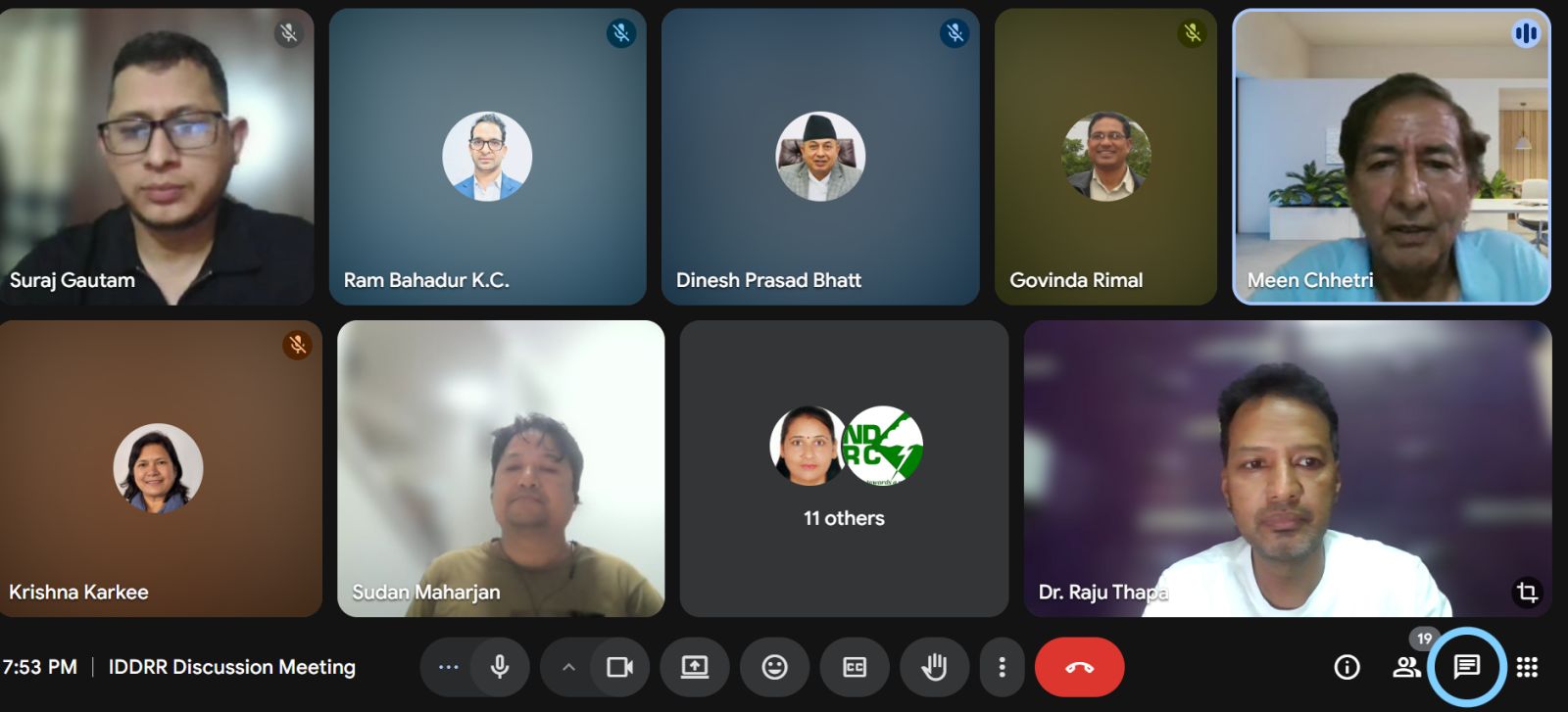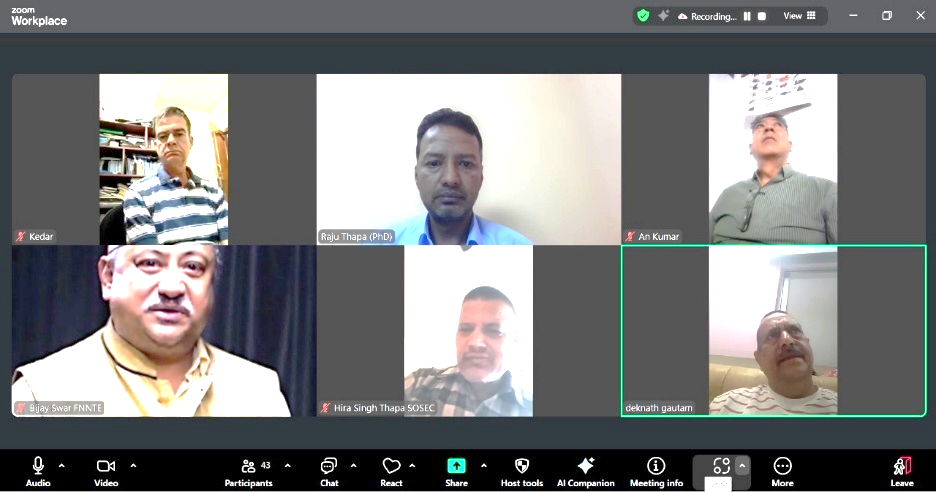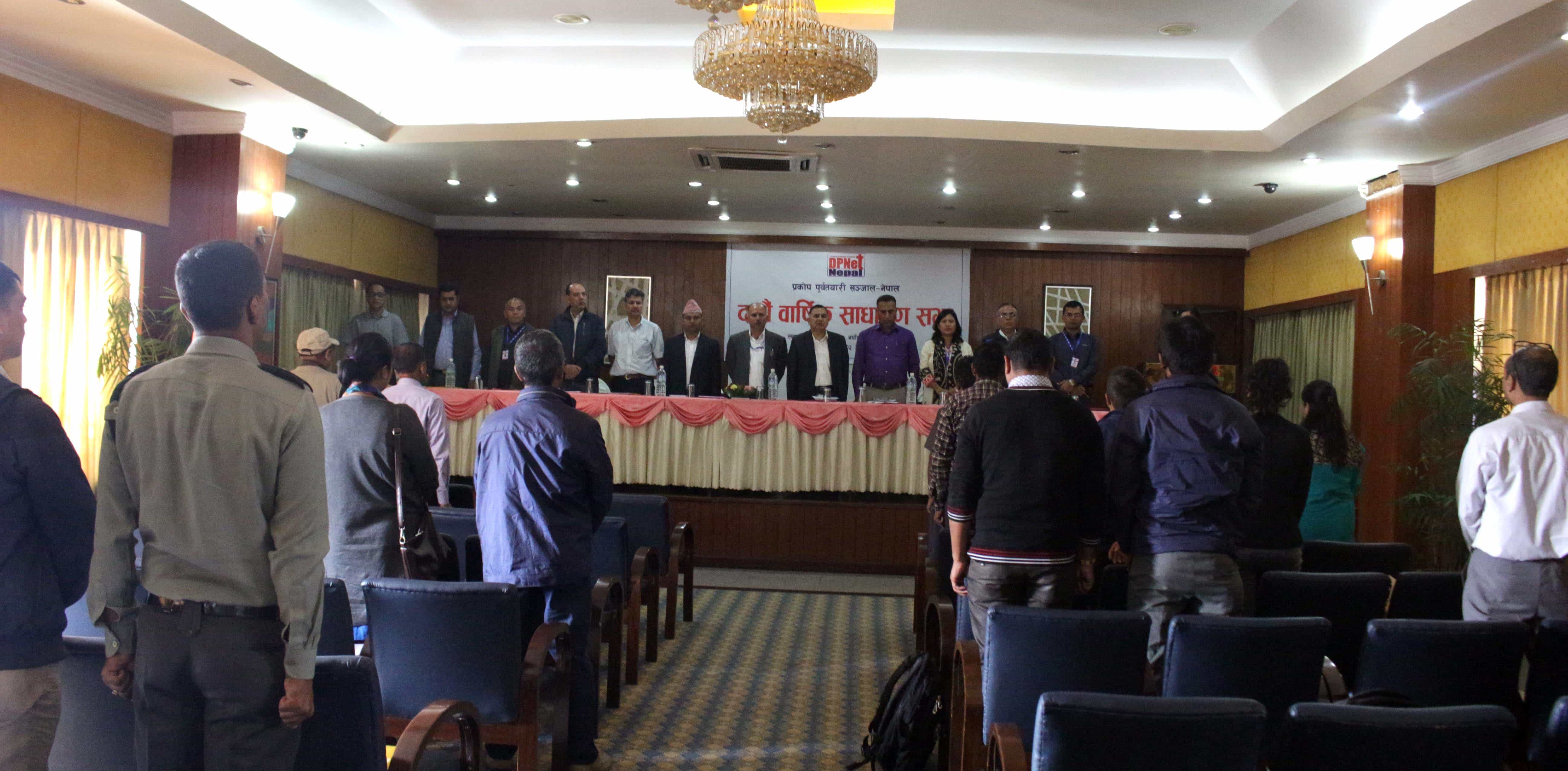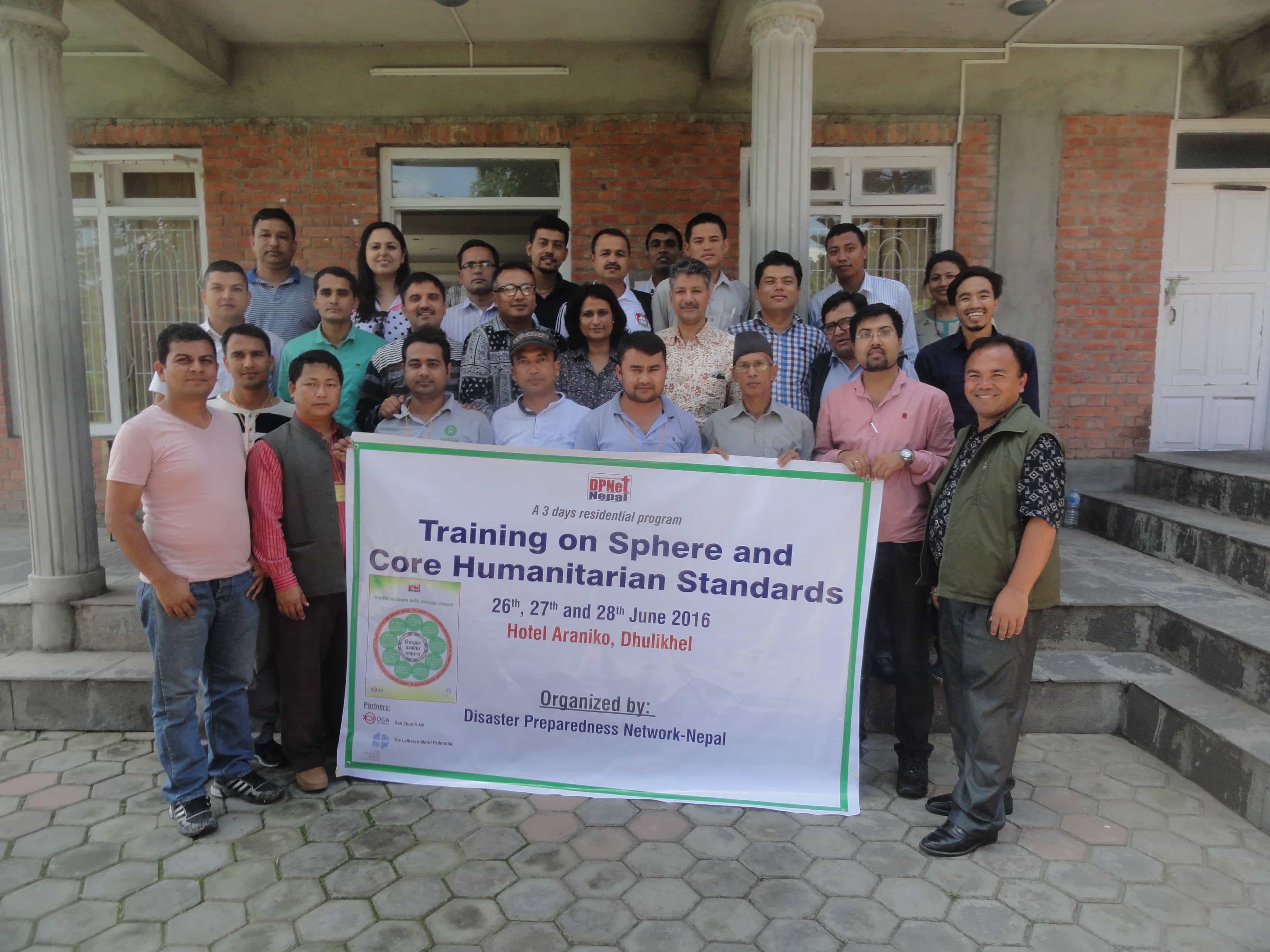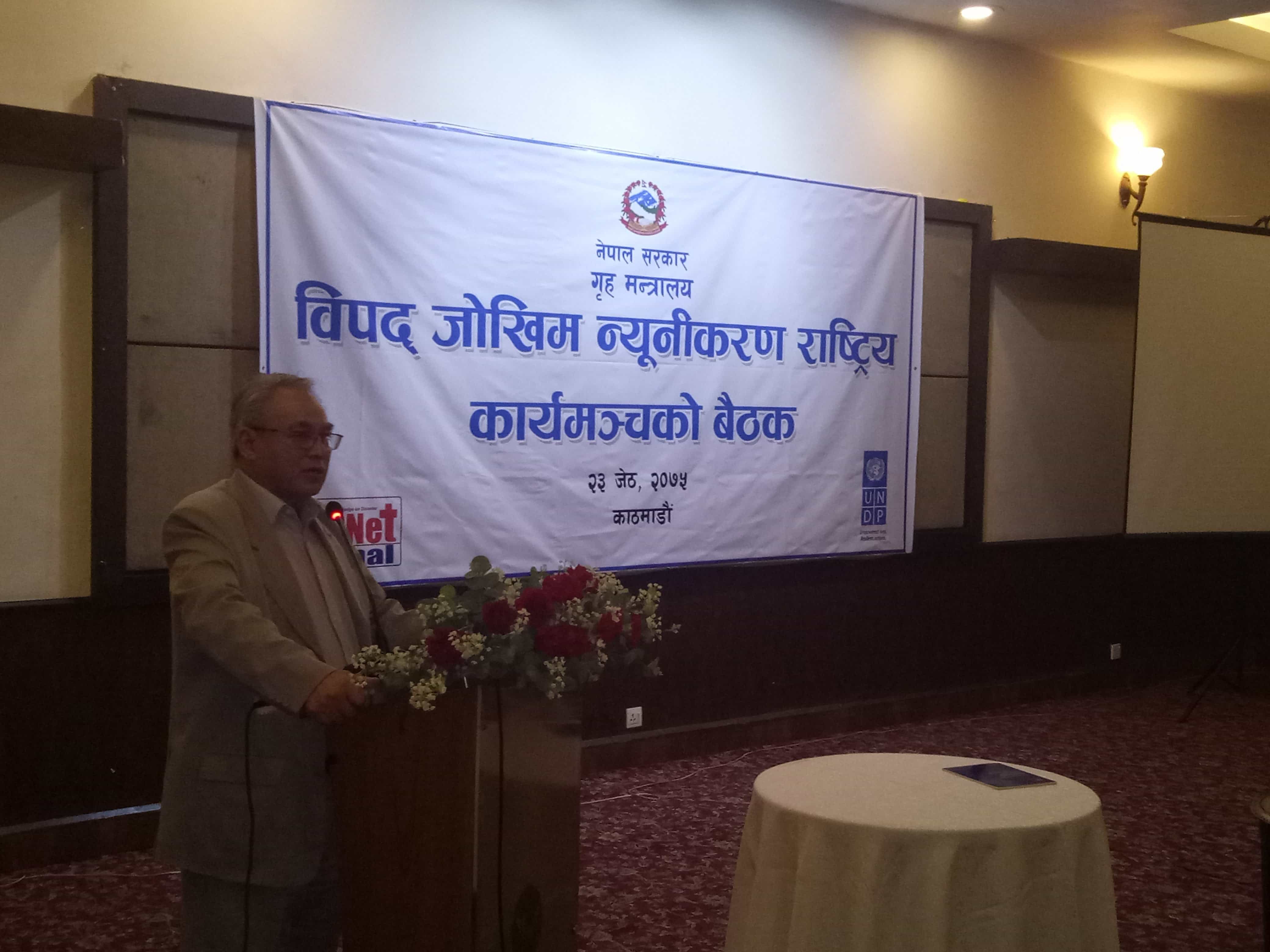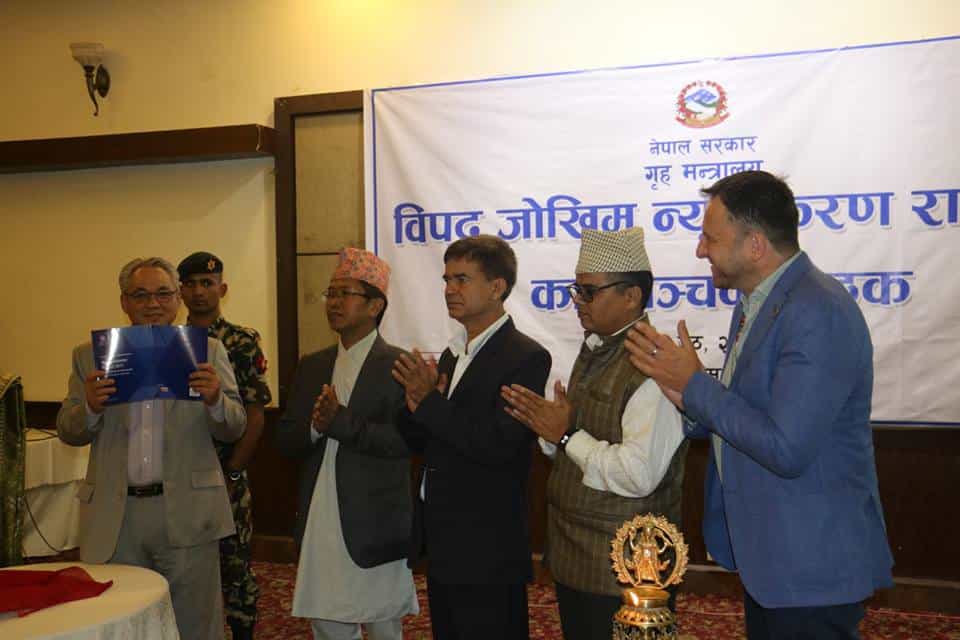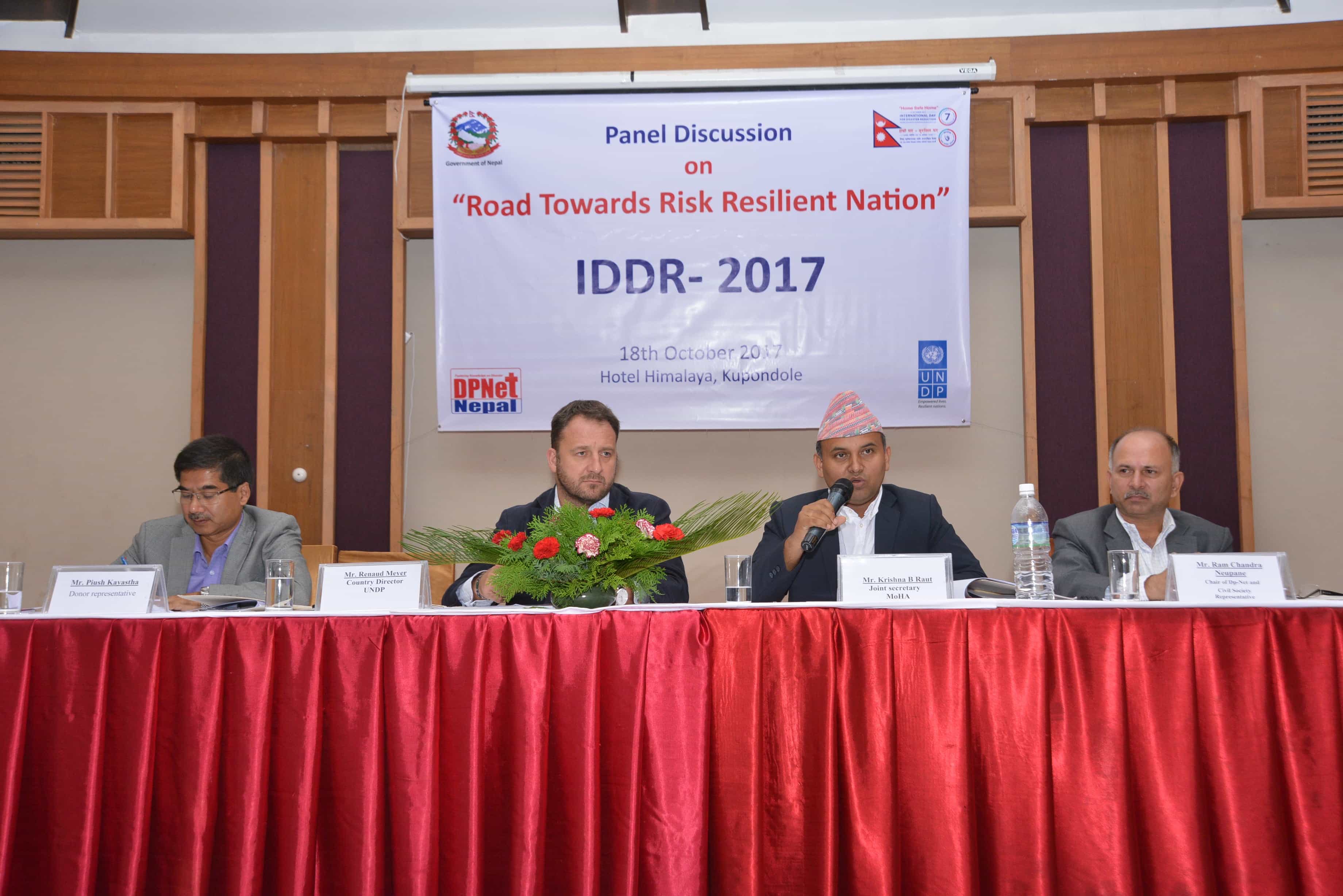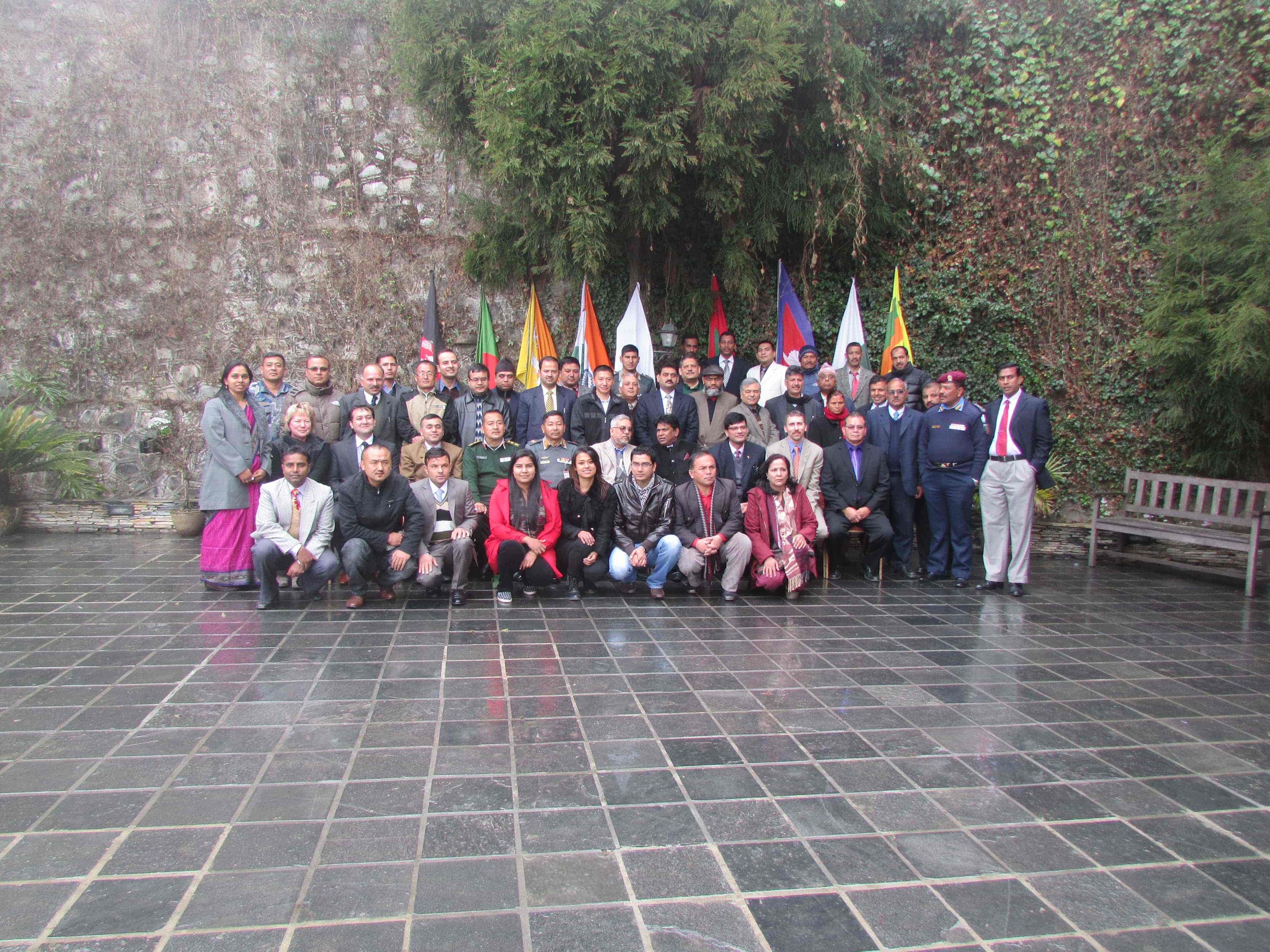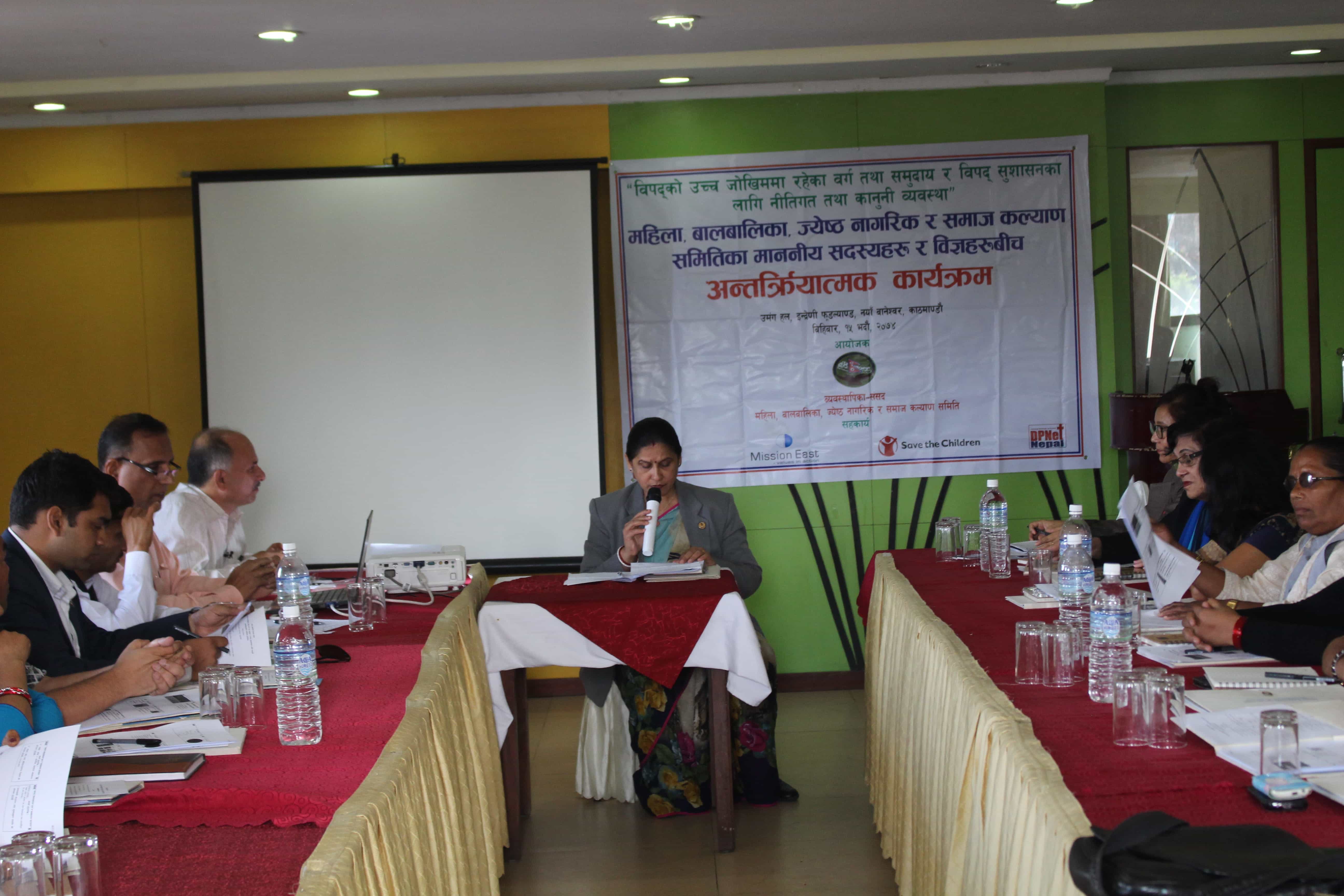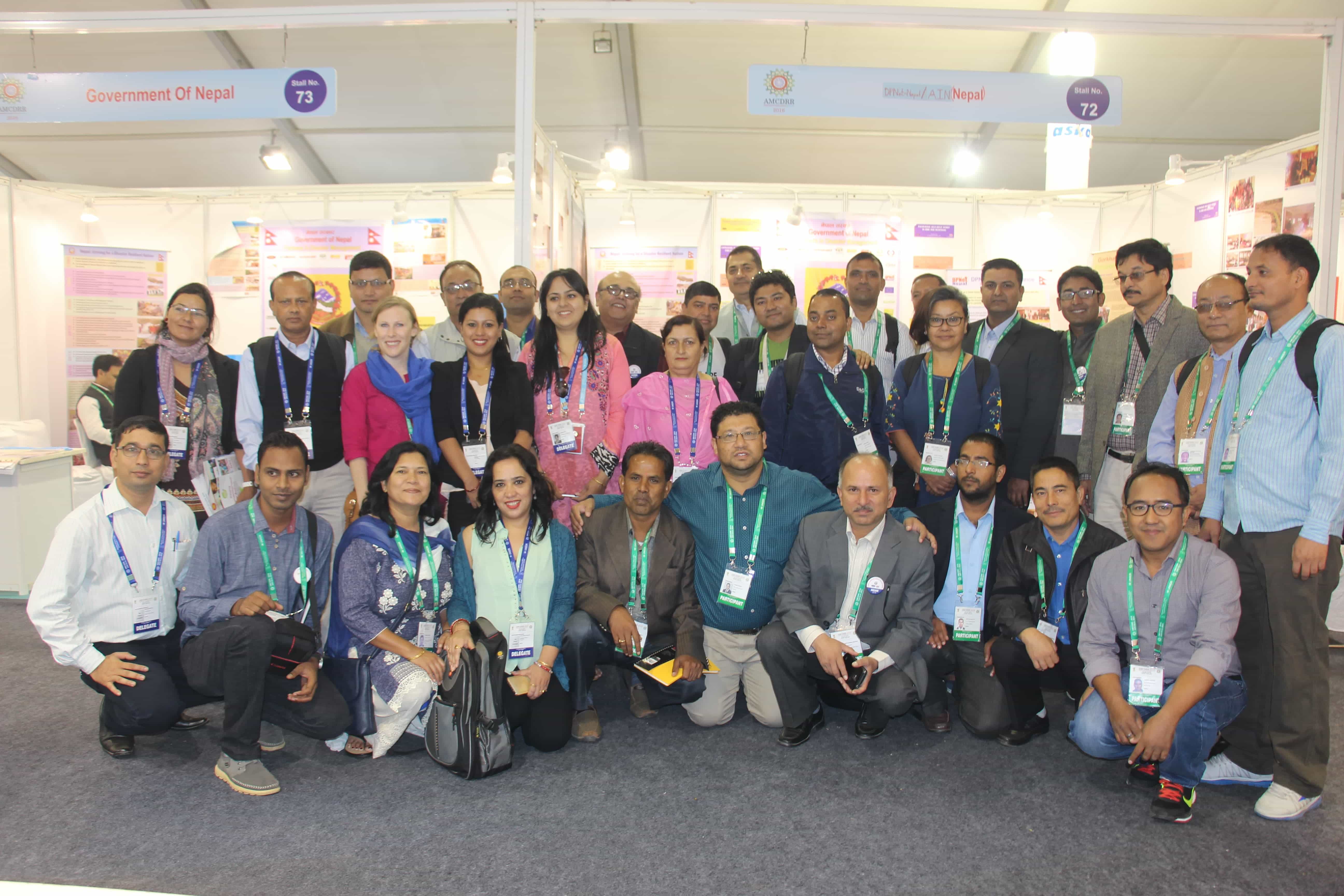DPNet and DiMaNN Present DRR Recommendations to NDRRMA
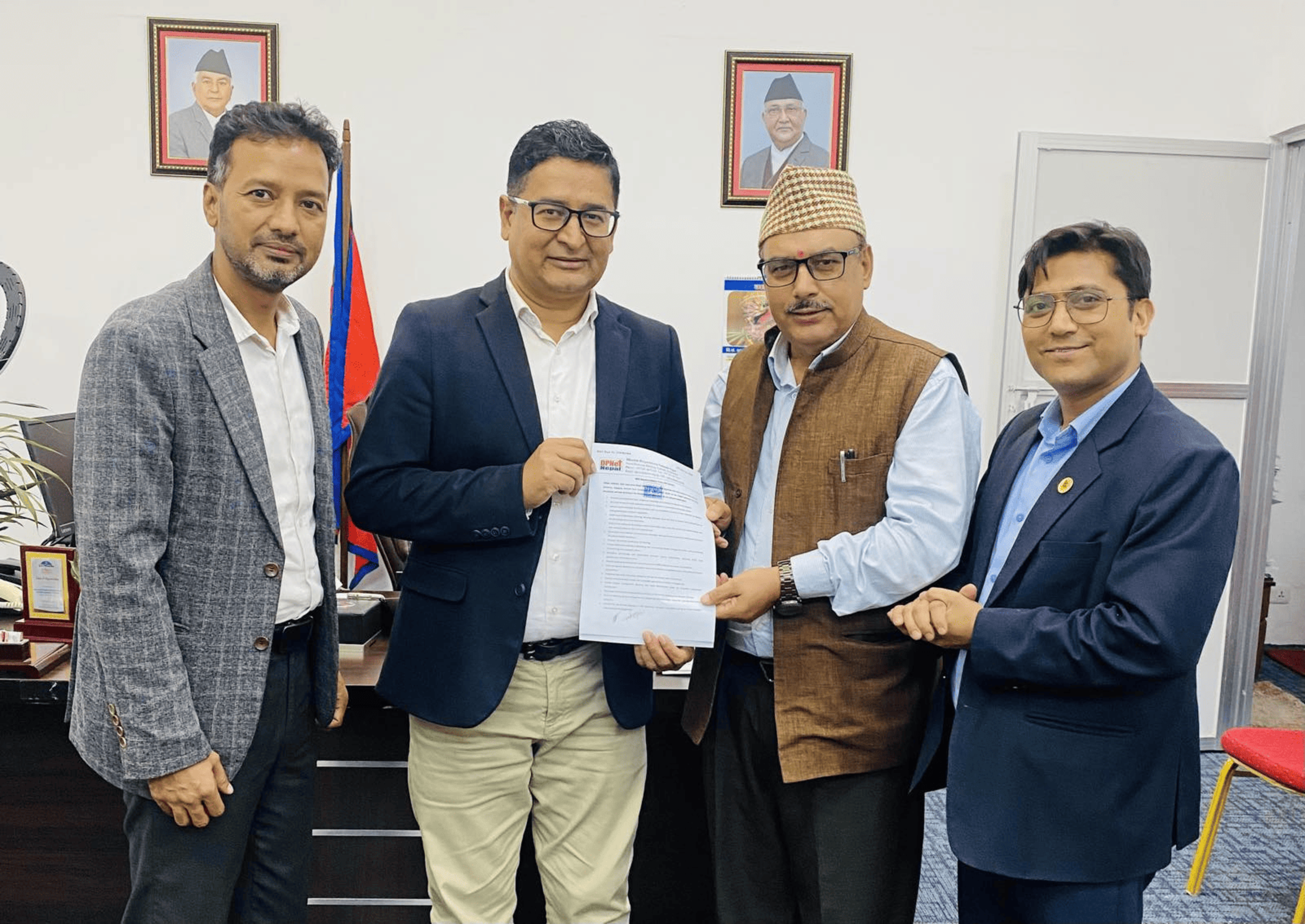
On October 6, 2024, DPNet and DiMaNN jointly handed over a set of comprehensive disaster risk reduction recommendations to the Executive Chief of the National Disaster Risk Reduction and Management Authority (NDRRMA). This event, led by DPNet Chair Dr. Raju Thapa and DiMaNN Chair Mr. Surya Bahadur Thapa, marks a step in improving disaster preparedness and resilience across Nepal’s seven provinces. These recommendations are the result of extensive discussions held across all provinces, organized by DPNet, DiMaNN, the NGO Federation Nepal, and ARSOW Nepal. The programs engaged local stakeholders, including government representatives, civil society, and community leaders, to identify pressing disaster management challenges and propose effective solutions.
During these discussions, several issues were highlighted, including environmental concerns such as unchecked extraction of river materials and the need for stricter enforcement of building codes, especially in seismically active areas. The recommendations aim to promote localized, sustainable approaches to disaster management by encouraging the use of indigenous knowledge and locally available resources for disaster preparedness and recovery. The focus on community involvement is particularly strong, as the recommendations call for the active participation of local communities in identifying risks, formulating disaster management plans, and monitoring and evaluating DRR initiatives.
One of the key areas emphasized in the recommendations is the promotion of year-round disaster communication campaigns. These campaigns, supported by government-sponsored media advertisements, are seen as crucial in raising public awareness about disaster risks and preparedness strategies. Additionally, the recommendations stress the importance of adapting local infrastructure planning to address the impacts of climate change, particularly with regard to managing river encroachment caused by increasingly erratic monsoon patterns. They also advocate for the promotion of disaster risk financing and risk transfer mechanisms to mitigate the financial impacts of disasters on communities. Another significant aspect of the recommendations is the call for stronger governance and transparency in disaster management efforts. This includes advocating for increased budget allocation for DRR at both local and national levels, conducting social audits, and holding public hearings to ensure accountability. The recommendations also highlight the need to strengthen partnerships between government agencies, civil society organizations, and the private sector to improve coordination and collaboration in disaster management.
During the handover event, Dr. Raju Thapa emphasized the importance of integrating local knowledge into disaster risk reduction strategies. He noted that local communities are at the heart of building resilience and that their knowledge and practices should be incorporated into formal disaster management frameworks. Similarly, Mr. Surya Bahadur Thapa highlighted the need for inclusive governance and strong partnerships, stating that disaster management requires the active involvement of all sectors, not just the government. The recommendations also call for the integration of anticipatory action and shock-responsive social protection frameworks into local DRR strategies, aiming to prepare communities for potential disasters before they occur. This proactive approach is seen as vital in reducing the impact of disasters on vulnerable populations, including women, children, the elderly, and people with disabilities.
The Executive Chief of NDRRMA expressed his appreciation for the recommendations, acknowledging their importance in shaping Nepal’s disaster management policies. He committed to reviewing the recommendations for integration into national DRR strategies, emphasizing that they will play a crucial role in enhancing the country’s resilience to disasters.
